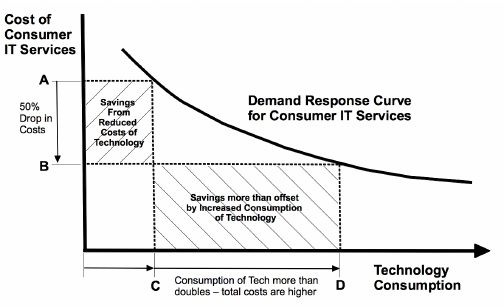Adopting public cloud is a learning curve. Organizations need to acquire the skills and knowledge to develop the processes for ongoing operations. Here are 10 top practices that you should incorporate as you begin to use public cloud and make it part of your IT and app dev environment. The organizations that are most successful in their use of public cloud have all 10 of these practices in place.
1. Designate a Cloud Steward
A Cloud Steward is the person who is responsible for leading your organization’s cloud initiative. This includes planning, migration, and ongoing cloud operations such as optimization, governance, and security. In some instances, the Cloud Steward may also be responsible for the contract with your cloud service provider. A successful Cloud Steward needs to have both IT and business experience—just IT experience is not enough.
2. Establish a Cloud Center of Excellence (CCoE)
The CCoE focuses primarily on creating policy and compliance for cloud usage across the enterprise. With cloud adoption, IT no longer has centralized control of the IT infrastructure resources purchased or used. It is up to the CCoE to establish the business guidelines and standardization that are needed for secure and compliant business operations. The CCoE typically includes representatives from IT Finance, DevOps, IT Ops, and SecOps. There can be multiple people from each of these areas, but a well-defined CCoE should not exceed 10 people.
3. Create a community
Cloud adoption often starts with individuals or selected business units buying cloud services to support their IT infrastructure or application development efforts—and when those purchases are siloed, often the purchaser isn’t aware of the scope of the financial commitment for the entire organization. Good communication across the organization, including cloud benefits and cost implications, is key to successful cloud adoption. Cloud evangelism and adoption will expand as more stakeholders become aware of how it can be used to benefit the business as a whole.
4. Promote ongoing improvement and optimization
Cloud adoption is not a one-time effort. It is important to establish economic modeling and processes—and constantly revisit them. This should include processes and metrics from the line of business, finance, and technology—for example, budgets, value measurements, and chargeback. The goal is to build an approach that provides a continuous process and steps for improvement. And remember, all processes should come from the CCoE.
5. Continuously evaluate and architect for future state
Find ways to make cloud education and learning happen across the enterprise. Organizations typically don’t spend much money on education, but there are low cost ways to teach and learn, and their adoption is part of a continuous improvement model.
- Cloud education modules are available on YouTube.
- AWS and other cloud service providers and vendors offer free education on their websites.
- Online communities and local meetups provide another source for ongoing learning.
Look for ways to apply what you’ve learned to your organization, and share it with others.
6. Make data actionable
Data needs to be actionable, and for that, it needs context. Cloud providers give you raw data and leave it up to you to provide the context. For example, if you get a recommendation from the cloud service provider to downsize a VM, what must you consider? Is it a VM that has a spike associated with it once a week where you are going to need the VM at current size? Can you downsize the VM and use auto-scaling to handle the peak period? Another area where good data is needed is understanding how you are using discounted services like reserved instances (RIs). Many organizations start off buying RIs, but don’t effectively use them. RIs are for long-term use and long-term service commitments. Without understanding how you are using RIs, you are not optimizing potential savings.
7. Identify and model cost drivers
For some organizations, public cloud is an economic decision before it is a technical decision. It is important to determine if public cloud is the right choice. You need to constantly compare costs between on-premises and public cloud infrastructure services. Where do you get the best performance and cost? Where is the best place for each workload? Look at the business side of using public cloud. Where are most of your costs coming from? There are a lot of layers of information to properly understand costs. It is important to correlate cloud cost with other business metrics. Extensive economic modeling needs to be done to fully understand the cost benefits, if any, for public cloud use.
8. Evaluate costs and benefits
Consider Jevons paradox. Jevon was an economist in the UK who observed that technological improvements that increased the efficiency of coal-use led to increased consumption of coal rather than reduction. He argued that technological progress does not reduce consumption. This applies to cloud usage as well.
9. Take a business-focused approach for driving cost reduction
Once you have a process in place for reducing spend, you need to tie that process back to the business. That requires breaking down costs. Every organization has different goals for how extensively they want to use public cloud. Some may not want to have more than 40 percent of their IT infrastructure and applications in the public cloud. Others may want to achieve 80 percent usage or more. Once you break costs down to a granular level, you can truly optimize cost and determine how you can have a real impact on operating and capital expenses.
10. Establish a cloud governance model
Where are you on the governance path? Governance for public cloud means establishing the policies and guidelines that allow the organization to safely and efficiently use public cloud services. Governance should not impede users or cripple DevOps team from acting. Successful governance requires input from stakeholders so the business remains agile. Good governance prevents unmanaged growth, immediately eliminates waste, establishes processes for long-term optimization, and includes automated monitoring and remediation.







